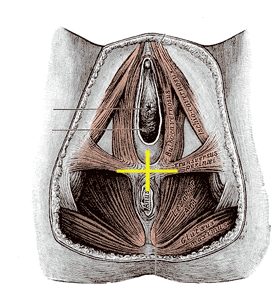 To keep the thread of the most recent posts going I’ll talk about yoga and the relationship of mula bandha to correct pelvic placement. For me mula bandha is represented in a free and clear flow of energy up the spine which is essentially the subject of the previous post.
To keep the thread of the most recent posts going I’ll talk about yoga and the relationship of mula bandha to correct pelvic placement. For me mula bandha is represented in a free and clear flow of energy up the spine which is essentially the subject of the previous post.
Mula bandha is a key aspect of certain forms of yoga. It is referred to as the root lock and the practitioner is meant to engage it, along with udiyana bandha the second of the locks, for the duration of a yoga practice. Closing off both locks contains the energy that is being generated and then at the end of the practice, the energy is unleashed and circulated throughout the body.
Mula bandha occurs at the base of the pelvis. There are three locks in the energetic practice—mula bandha, udiyana bandha, and jalandara bandha. In my mind the first two are literally connected through the pelvic floor and the lower belly. The third lock involves the throat and is employed through an extension of the spine at the back of the neck.
There are three levels to the pelvis;the sphincters, the perineum and the levator ani. Many texts refer to mula bandha as the perineum but I see it as the levator ani, the muscle group connecting the tail bone to the pubic bone and each sit bone on either side. It is the engagement of this muscle that creates the energetic lift that is mula bandha.
Muscularly the levator ani connects the tail bone to the pubic bone. And the rectus abdominis (your sit ups muscle) connects the pubic bone to the rib cage. Technically if you engage one you engage the other; they are intimately connected and can be seen in a certain way as one continous muscle. In our bodies, that are most often skewed in their function, a weak levator ani is often over-ridden by a stronger rectus abdominis. This profound imbalance is responsible for a lot of discomfort in the low back, hips, and groins.
To feel these locks, find your pelvis in its proper alignment and tone your tail bone. Ideally you should feel a gentle movement of the tail bone towards the pubic bone without any interference from the pubic bone or the scarum. And then as a secondary action the low belly should engage as well; this is udiyana bandha, the upward lifting lock.
Finding the bandhas is not about making muscles. It is about finding correct alignment and using gentle tone to unleash the body’s energetic potential.
